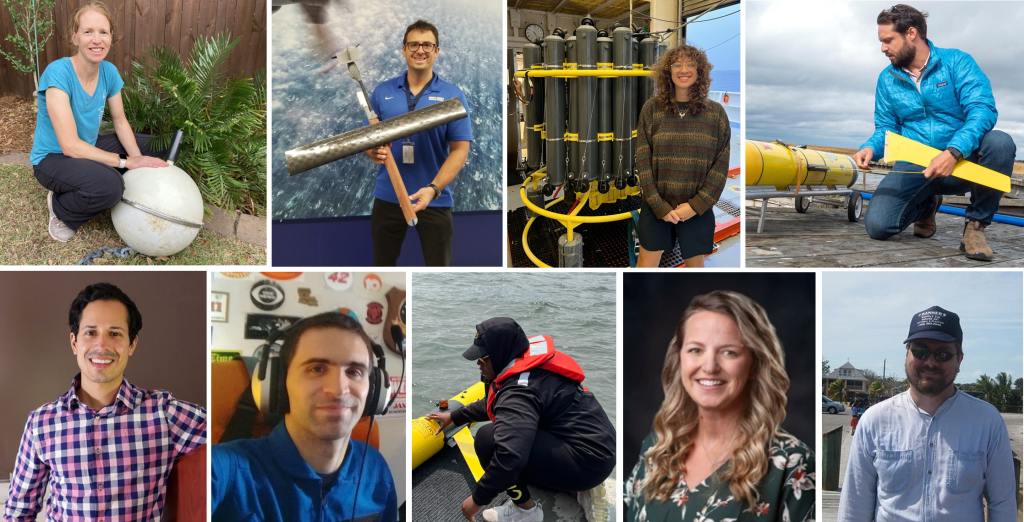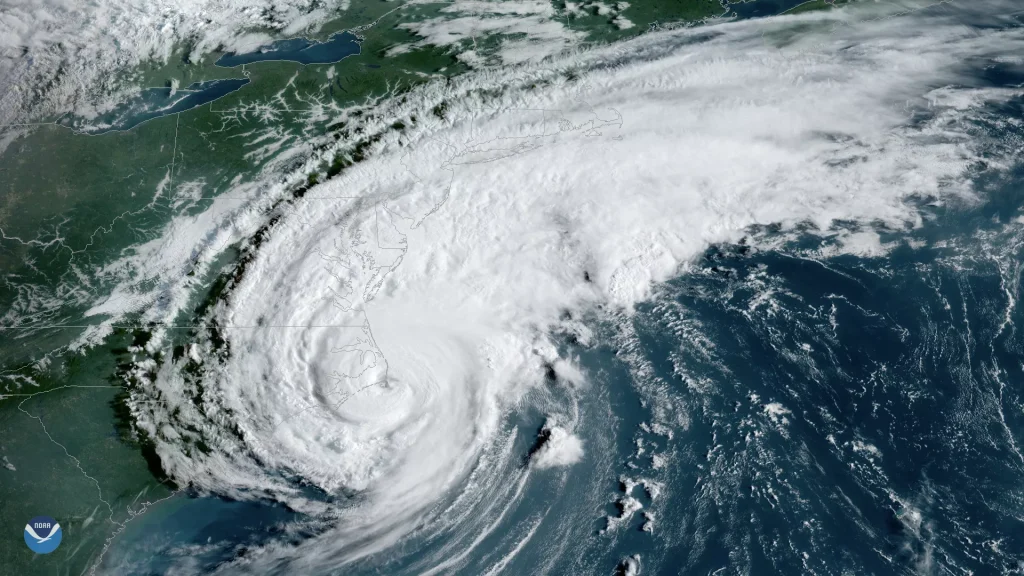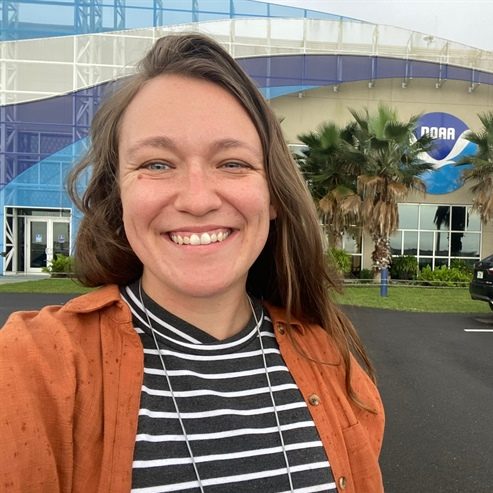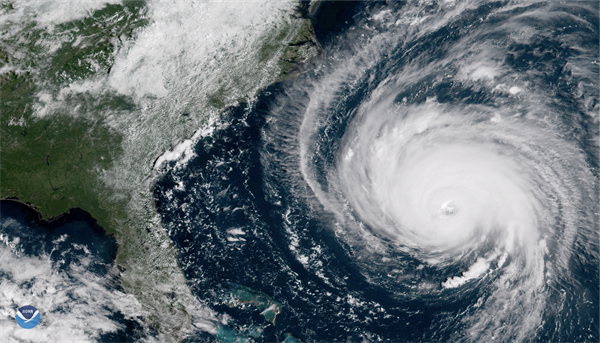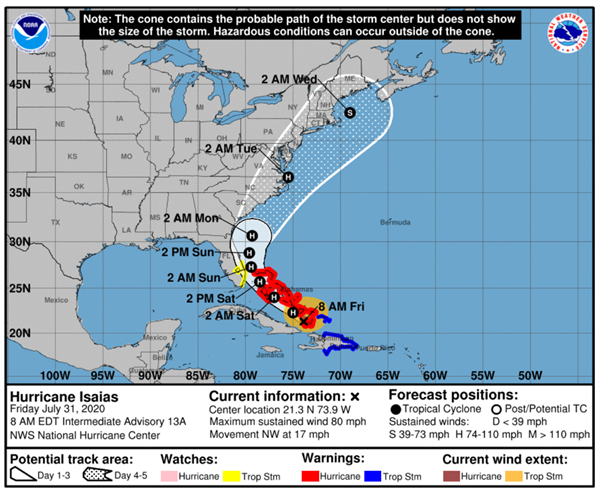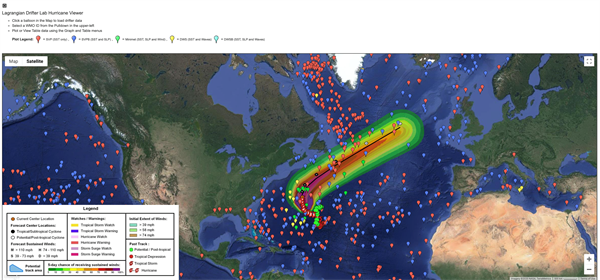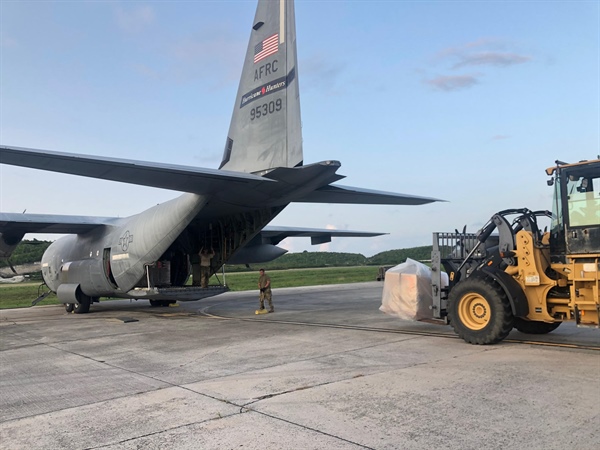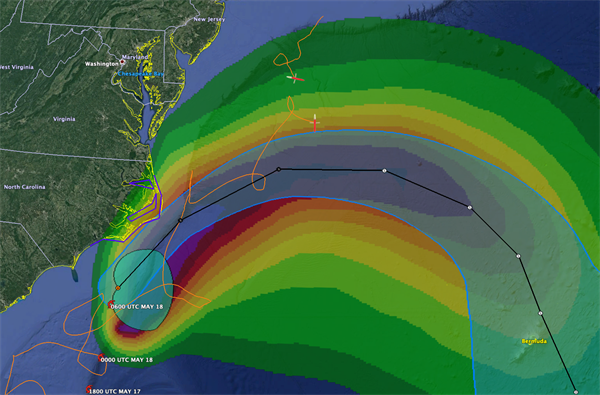Meet the Early Career Ocean Scientists Working to Improve Hurricane Forecasts
The Global Ocean Monitoring and Observing Program (GOMO) received funding through the Disaster Relief Supplemental Appropriations Act to support a focused ocean-atmosphere observing experiment during the 2023 hurricane season. This research experiment, called the Coordinated Hurricane Atmosphere-Ocean Sampling (CHAOS) is an integrated field campaign led by GOMO’s new Extreme Events Program and conducted as part […]
Meet the Early Career Ocean Scientists Working to Improve Hurricane Forecasts Read More »
